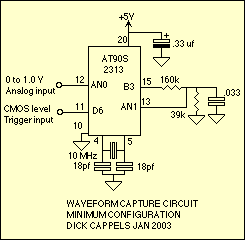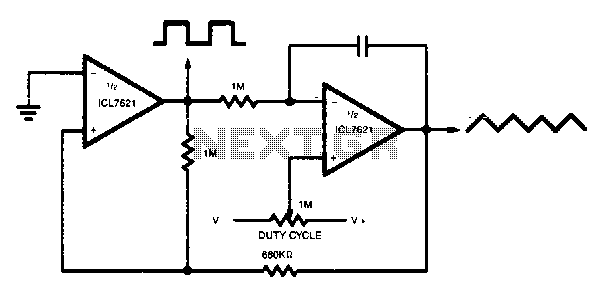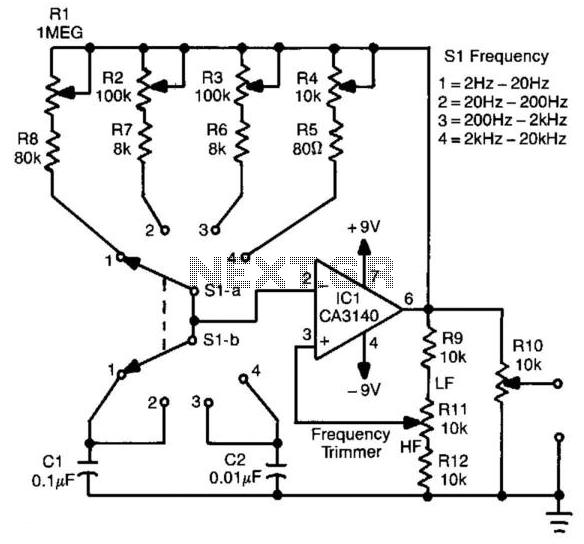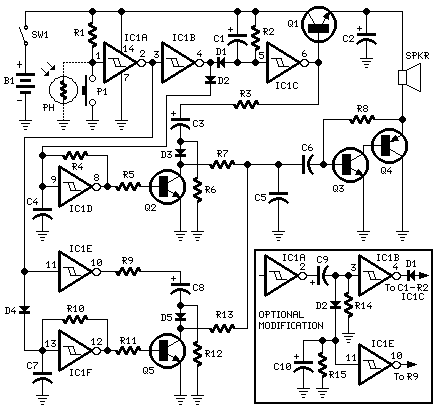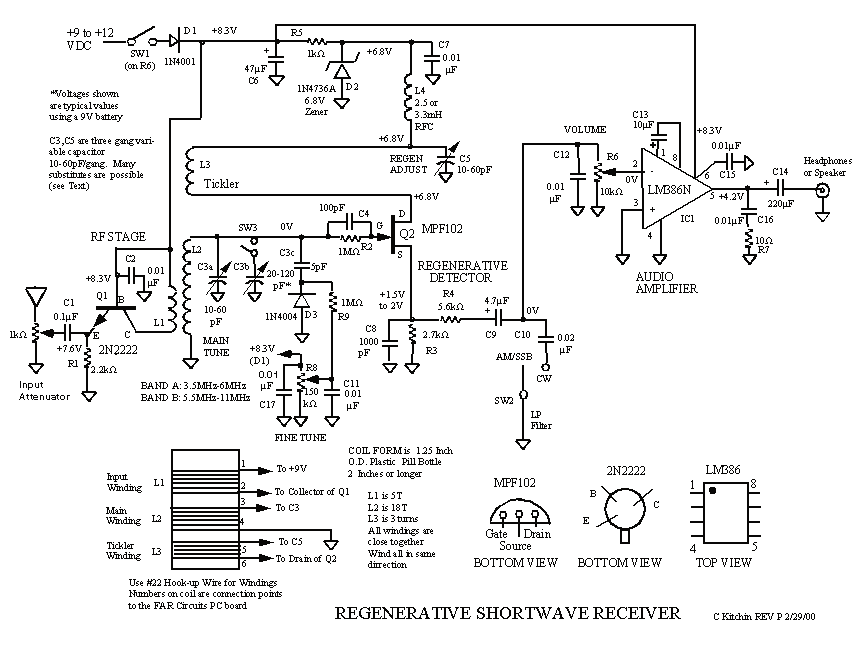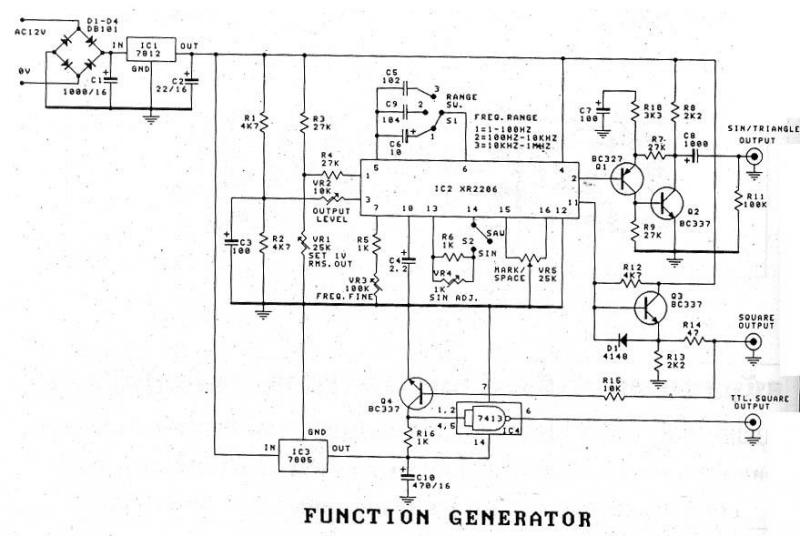
Pure Sine Wave Generator
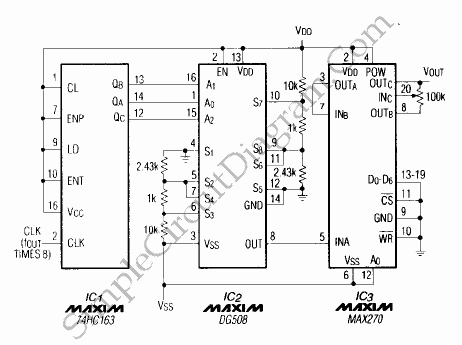
This circuit generates sine waves ranging from 1 kHz to 25 kHz with a total harmonic distortion (THD) of better than -80 dB. It comprises a 4th-order low-pass filter and a TTL counter.
The circuit utilizes a sine wave oscillator to produce the desired frequency range. The oscillator can be implemented using a variety of methods, such as a Wien bridge oscillator or a phase-shift oscillator, which are both effective in generating low-distortion sine waves. The output from the oscillator is then fed into a 4th-order low-pass filter designed to attenuate higher frequency harmonics, ensuring that the output signal maintains a high level of purity.
The low-pass filter can be constructed using operational amplifiers configured in a Sallen-Key topology, which provides a sharp cutoff and excellent performance characteristics. The filter's cutoff frequency should be set slightly above the maximum frequency of interest (25 kHz) to minimize any distortion at the output. Component values for resistors and capacitors can be calculated using standard filter design equations to achieve the desired cutoff frequency and attenuation.
A TTL counter is integrated into the circuit to provide frequency division, allowing for precise control over the output frequency. By adjusting the division ratio of the counter, the output frequency can be fine-tuned within the specified range. The counter can be clocked by the oscillator signal, ensuring synchronization between the oscillator and the output frequency.
To ensure optimal performance and minimize noise, proper power supply decoupling and layout techniques should be employed. This includes placing decoupling capacitors close to the power pins of the operational amplifiers and the TTL counter. Additionally, the circuit should be designed to minimize ground loops and maintain a low-impedance ground path.
Overall, this circuit design effectively generates high-quality sine waves suitable for various applications, including signal processing, testing, and audio synthesis, while maintaining low distortion levels.This is a circuit that can generate 1kHz to 25kHz sine waves with a THD better than -80dB. This circuit consist of a 4th-order low-pass filter, a TTL counter.. 🔗 External reference
The circuit utilizes a sine wave oscillator to produce the desired frequency range. The oscillator can be implemented using a variety of methods, such as a Wien bridge oscillator or a phase-shift oscillator, which are both effective in generating low-distortion sine waves. The output from the oscillator is then fed into a 4th-order low-pass filter designed to attenuate higher frequency harmonics, ensuring that the output signal maintains a high level of purity.
The low-pass filter can be constructed using operational amplifiers configured in a Sallen-Key topology, which provides a sharp cutoff and excellent performance characteristics. The filter's cutoff frequency should be set slightly above the maximum frequency of interest (25 kHz) to minimize any distortion at the output. Component values for resistors and capacitors can be calculated using standard filter design equations to achieve the desired cutoff frequency and attenuation.
A TTL counter is integrated into the circuit to provide frequency division, allowing for precise control over the output frequency. By adjusting the division ratio of the counter, the output frequency can be fine-tuned within the specified range. The counter can be clocked by the oscillator signal, ensuring synchronization between the oscillator and the output frequency.
To ensure optimal performance and minimize noise, proper power supply decoupling and layout techniques should be employed. This includes placing decoupling capacitors close to the power pins of the operational amplifiers and the TTL counter. Additionally, the circuit should be designed to minimize ground loops and maintain a low-impedance ground path.
Overall, this circuit design effectively generates high-quality sine waves suitable for various applications, including signal processing, testing, and audio synthesis, while maintaining low distortion levels.This is a circuit that can generate 1kHz to 25kHz sine waves with a THD better than -80dB. This circuit consist of a 4th-order low-pass filter, a TTL counter.. 🔗 External reference
